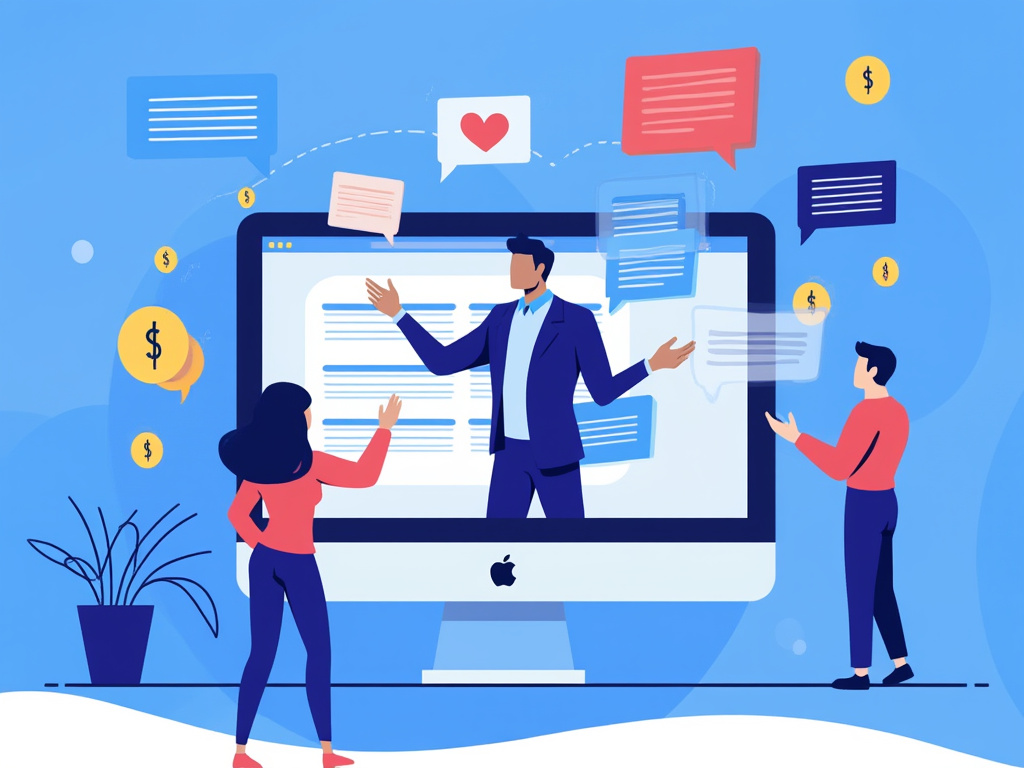Leveraging Automation for First-Purchase Feedback – A Comprehensive Guide

In the fast-paced world of e-commerce, understanding your customers’ experiences is crucial, particularly after their first purchase. Gathering feedback allows you to fine-tune your offerings, improve your service, and build lasting relationships. But how do you efficiently gather, analyze, and act on this feedback? Enter marketing automation.
The Power of Automation in Collecting Feedback
Automation isn’t just about saving time; it’s about enabling you to have meaningful interactions with your customers without overwhelming your entire team. By employing marketing automation tools, you can streamline your feedback collection process while maintaining a personal touch that respects your customer’s individual experience.
### Why First-Purchase Feedback Matters
Engaging with customers post-purchase yields invaluable insights. Here’s why focusing on first-purchase feedback is essential:
- Customer Insights: Understanding what convinced someone to buy from you can help refine your marketing strategies and product offerings.
- Improved Customer Experience: Identifying pain points allows you to address issues that may hinder customer satisfaction.
- Retention Opportunities: Engaging customers early in their journey increases the likelihood of repeat purchases and brand loyalty.
- Product Development: Feedback can unveil ideas for new products or improvements on existing ones.
Setting Up Automated Feedback Requests
Imagine a scenario where shortly after a customer makes their first purchase, they receive a personalized email inviting them to share their thoughts. Here’s how to set up this kind of automation:
1. Choose Your Automation Tool: Platforms like Incomaker allow you to create targeted campaigns effortlessly, letting you design workflows that trigger based on customer actions.
- Craft Your Email:: Make it personal. Use the customer’s name and reference their specific purchase. Acknowledge their choice, and let them know that their feedback is valuable.3. Timing Is Key: Send your feedback request shortly after the product is delivered—this ensures that the customer’s experience is fresh in their mind.
4. Keep It Short and Sweet: A concise survey with a few well-crafted questions often receives higher response rates. Consider asking about:
– The overall shopping experience
– Product satisfaction
– Likelihood of recommending your store
5. Incentivize the Feedback: A small discount on their next purchase or the chance to enter a giveaway can motivate customers to take time out of their day to respond.
Analyzing the Feedback
Once the feedback starts pouring in, you need to analyze the results to derive actionable insights. An effective way to do this includes:
– Categorization: Group responses into themes (e.g., product quality, shipping speed, customer service) to make analysis easier.
- Quantitative Measures:: If using ratings, track average scores to identify problem areas.
- Qualitative Insights:: Pay attention to open-ended responses for nuanced opinions that numbers alone might not reveal
Acting on the Feedback
A successful feedback mechanism doesn’t stop at collection; it thrives on action. Consider these steps:
– Communicate Changes: When you implement changes based on feedback, let customers know! This reinforces that their opinions matter and encourages future engagement.
– Continuous Improvement: Use feedback as a cycle to refine both your products and customer interactions. Regularly revisiting the process keeps your offerings aligned with customer expectations.
– Segmentation: Tailor follow-up communications based on feedback responses. If someone loved their product, offer them related items. If a customer expressed dissatisfaction, reach out with support or alternatives.
Building a Feedback Culture
Creating a customer-centric culture involves more than just one-off feedback requests. Embrace feedback as an ongoing conversation:
– Follow-up Sequences: Establish automated follow-ups to engage customers beyond the initial feedback phase. This could include product tips or new arrivals that align with their interests.
– Loyalty Programs: Incorporating feedback channels in loyalty programs can encourage regular conversations. Customers who feel valued are more likely to remain loyal.
Utilizing automation for first-purchase feedback isn’t just a tech solution; it’s about crafting an enriching dialogue with your customers. By understanding their experiences and embracing their insights, you can create a more inviting shopping environment, ultimately leading to greater satisfaction and loyalty. Take the plunge into automation, and you may unlock insights that transform your e-store into a customer favorite.



